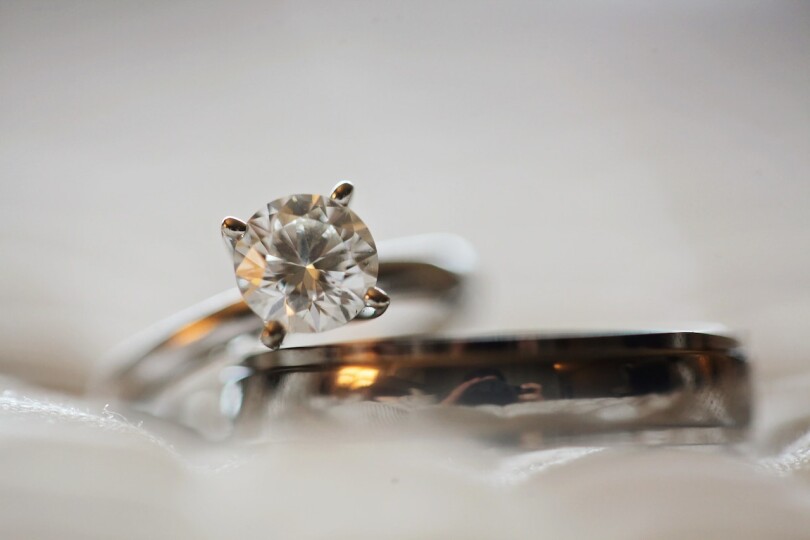3 Innovations from the International Horticultural Expo.
29 Apr 24
Enviro ChatThe Global News Source for the World of Science and Chemicals
01 November 2023
Lab Chat
Can You Grow Diamonds in a Laboratory?
Diamonds are renowned for being among the rarest (and therefore most expensive) gemstones on the planet. However, in recent years the industry has evolved to include manmade diamonds that are grown in a laboratory, which has had a knock-on effect on the price of both commodities on the precious stone market.
Although not mined, lab-grown diamonds are produced by recreating the same natural conditions and generating the same chemical composition as their natural counterpart. However, they can be created far more quickly and, according to their proponents, with fewer environmental and societal impacts than “real” diamonds. So are they here to stay?
One of the biggest criticisms levelled at the diamond mining industry is the amount of environmental upheaval it entails. Not only does mining involve heavy machinery which degrades the landscape, but it also produces a significant amount of greenhouse gas emissions. Furthermore, diamond mines are often located in conflict-heavy parts of the world, which can have negative impacts on local communities.
By contrast, lab-grown diamonds never involve any conflict whatsoever, so there are not the same ethical concerns attached to their production. They also demand fewer resources and involve less damage to the natural environment than traditional diamond mining methods, especially when renewable energy sources are used in the process.
Of course, not everyone is convinced by these arguments. Supporters of the “real” diamond industry argue that the environmental benefits of lab-grown diamonds are debatable at best and non-existent at worst. For example, over half (56%) of lab-grown diamonds were created in China in 2019, which has historically relied upon fossil fuels for the majority of its energy needs. Since large amounts of power are required to recreate the conditions necessary for artificial diamond production, it could be argued that the carbon footprint of them is even greater.
Meanwhile, labour laws are notoriously lax in China, meaning that there could be different humanitarian concerns associated with the process. And since many parts of Asia, including China, have an unwanted reputation for improper waste disposal, there are fears that the environment may be negatively affected all the same.
Whichever side of the fence you fall on, it’s undeniable that the diamond market has changed drastically in recent years. De Beers, who are one of the most established distributors of diamonds in the world, had resisted the disruption for many years, but joined the market for manmade products in 2018.
Other players have gone even further. Swarovski have now rolled out synthetic diamonds in all of their flagship outlets, including in the UAE, while Pandora have made the remarkable commitment to only sell lab-grown diamonds going forwards. In Dubai alone, lab-grown diamonds accounted for $1.5 billion in trade in 2022, indicating the way the wind is blowing. Whether it will continue in that vein in the future is uncertain, but lab-grown diamonds are certainly making their presence felt on the world stage.
DOWNLOAD PDF

2 Day Seminar Program
@ ArabLab+ 2024
24 & 25 September 2024
22 Apr 24
Lab ChatYour stay in Dubai
Labkit
Product News
Chemkit
Product News
Thinking about exhibiting at ARABLAB 2024? Watch our video to find out more.
Join the world’s leading organisations…
Join our mailing list and receive the ARABLAB newsletter and event updates.